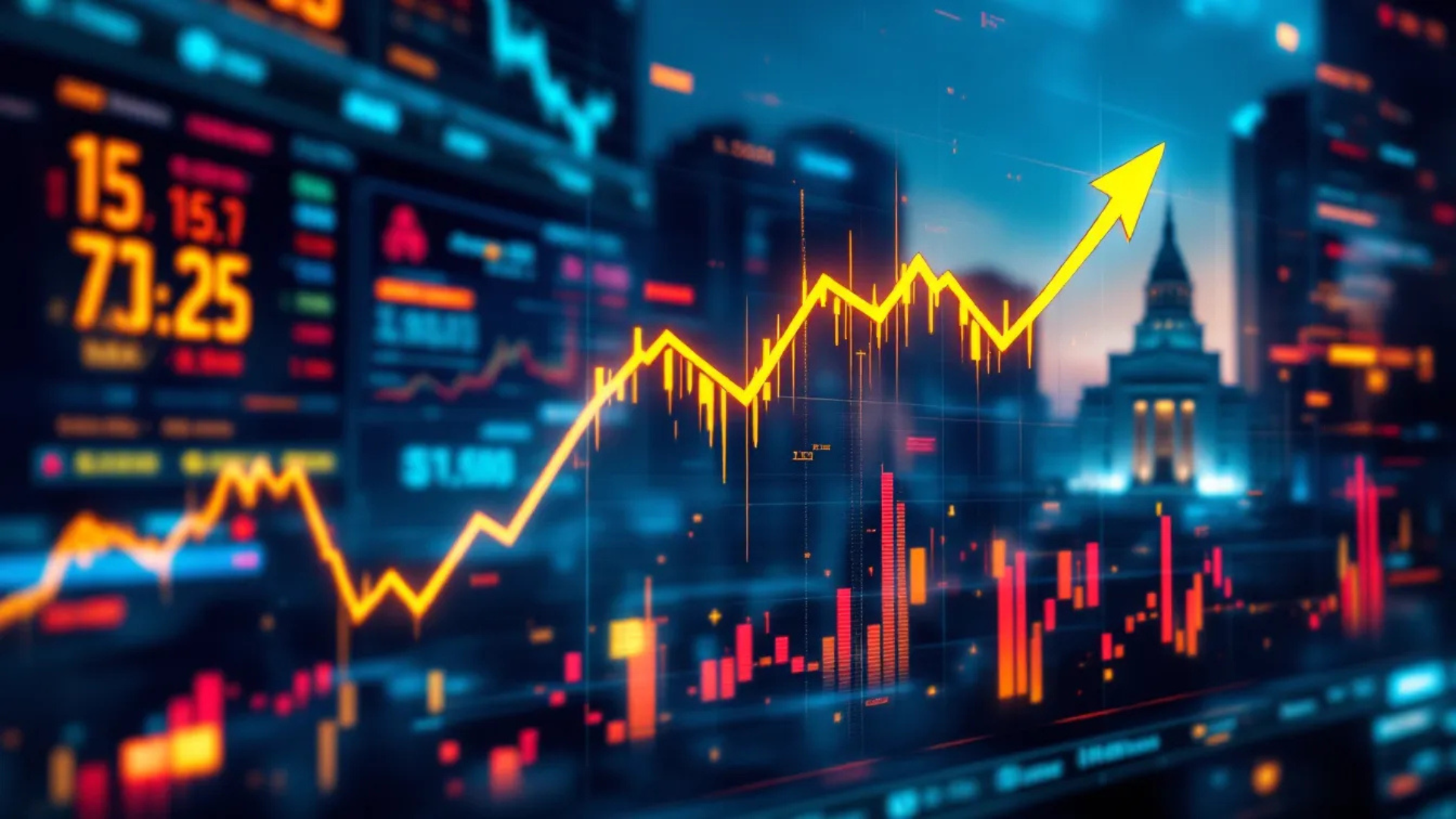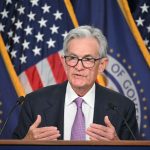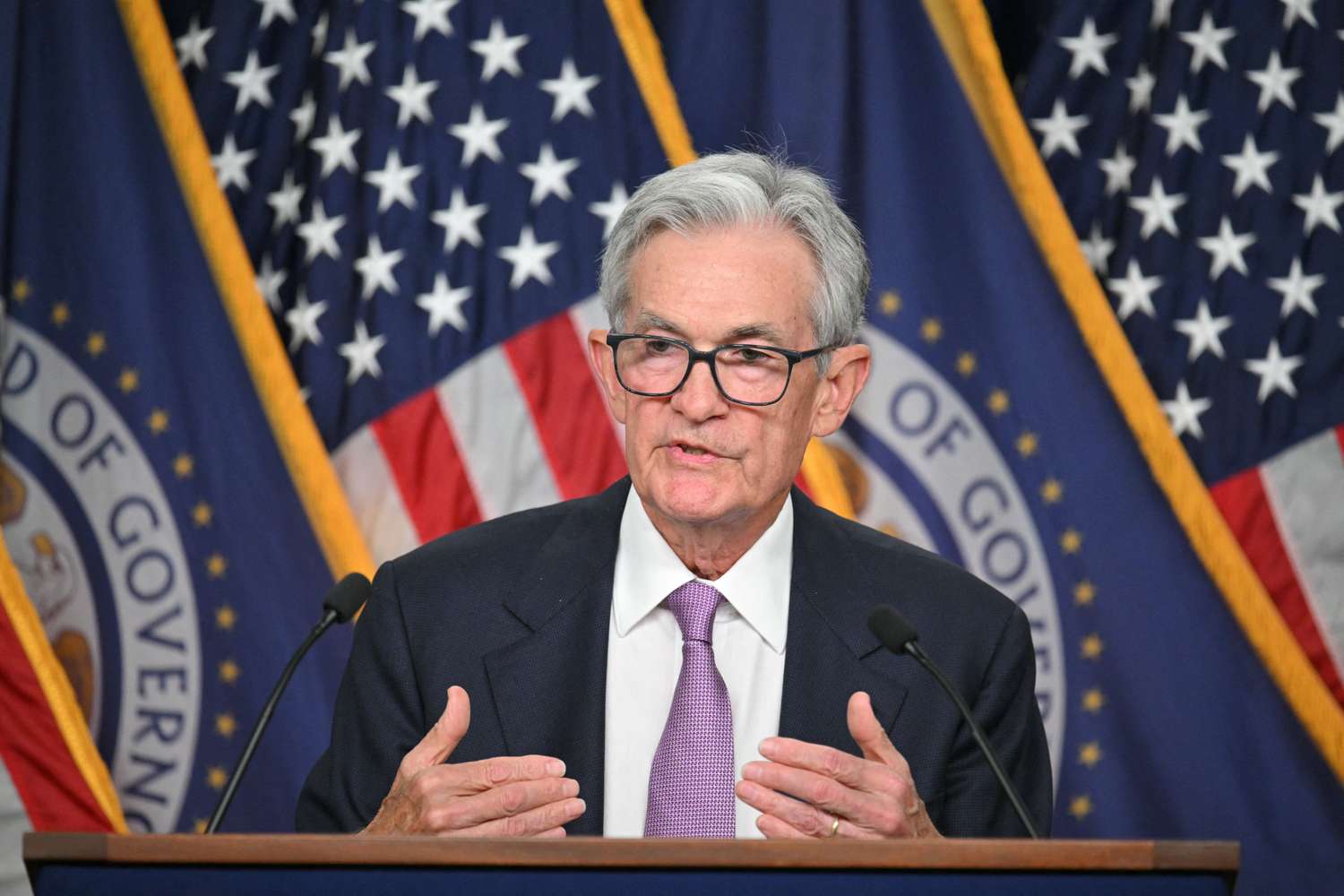Global stock markets have entered a period of heightened volatility, fueled by a combination of economic uncertainties, shifting monetary policies, and geopolitical tensions. Investors around the world are carefully monitoring key indicators such as inflation rates, employment figures, and central bank policies, which collectively shape the global financial landscape. The interconnected nature of today’s markets means that developments in one region quickly ripple across continents, influencing investor confidence and driving fluctuations in asset prices.
In recent months, fears of a global economic slowdown have intensified. The persistence of inflation in several major economies has raised concerns that central banks may maintain higher interest rates for longer than initially expected. Simultaneously, geopolitical events—from trade disputes to conflicts in critical regions—are adding layers of unpredictability to financial markets.
Key Drivers of Market Volatility
One of the most significant drivers of current market volatility is the policy stance of the U.S. Federal Reserve. Investors are closely watching whether the Fed will continue raising interest rates or begin cutting them to stimulate growth. The uncertainty surrounding this decision has created fluctuations in bond yields, stock valuations, and currency exchange rates.
In Europe, sluggish economic growth and energy market disruptions have put additional pressure on equities. Asian markets, meanwhile, face a complex environment shaped by China’s slower-than-expected recovery and supply chain uncertainties. These diverse but interconnected challenges are collectively contributing to a global climate of financial instability.
Impact on Businesses and Consumers
The ripple effects of volatile stock markets extend beyond institutional investors and directly affect businesses and consumers. Companies facing falling share prices may struggle to raise capital for expansion, while volatile currency exchange rates complicate international trade. At the consumer level, pension funds, retirement savings, and investment portfolios are exposed to sudden swings in market value, reducing financial security for millions of households.
Small and medium-sized enterprises (SMEs) often bear the brunt of these challenges. Limited access to capital markets makes them especially vulnerable to tightening financial conditions. Meanwhile, large corporations with global operations must navigate the risks associated with fluctuating currencies, commodity prices, and demand uncertainty.
Strategies Investors Are Adopting
In response to heightened volatility, investors are increasingly turning toward defensive strategies. Many are diversifying their portfolios by allocating more capital to safe-haven assets such as gold, U.S. Treasury bonds, and stable real estate markets. Exchange-traded funds (ETFs) focused on defensive sectors like healthcare and utilities have also gained popularity, as these industries are considered more resilient during economic downturns.
Institutional investors are paying closer attention to environmental, social, and governance (ESG) factors, believing that sustainable companies may be better positioned to weather long-term uncertainty. At the same time, retail investors are becoming more cautious, often shifting from high-risk growth stocks to more stable dividend-paying equities.
International Reactions to Market Trends
Governments and central banks around the world are responding to these market shifts with varying approaches. The European Central Bank has emphasized the need to strike a balance between controlling inflation and supporting growth, while policymakers in emerging markets are implementing measures to protect their currencies from sharp depreciation.
Global institutions such as the International Monetary Fund (IMF) and the World Bank have urged coordinated international responses to prevent financial fragmentation. Economists warn that without collective action, volatility could persist longer and hinder global economic recovery.
The Long-Term Outlook for Stock Markets
Although current conditions appear turbulent, long-term investors remain cautiously optimistic. Historical data shows that markets often rebound after periods of volatility, offering opportunities for disciplined investors who can weather short-term fluctuations. Technological innovation, digital transformation, and sustainable business practices are expected to be major drivers of future growth once economic stability returns.
However, risks remain. Prolonged geopolitical tensions, persistent inflation, and structural challenges in global supply chains could delay recovery. Investors must therefore remain vigilant, balancing risk management with the pursuit of long-term opportunities.
FAQs
What are the main reasons for current stock market volatility?
Volatility is being driven by inflation concerns, central bank policies, geopolitical conflicts, and uneven global economic growth.
How do central banks influence stock markets?
Central banks shape investor confidence by setting interest rates. Higher rates typically reduce stock valuations, while lower rates encourage growth and investment.
Which sectors are performing better during market uncertainty?
Defensive sectors like healthcare, utilities, and consumer staples tend to perform better during volatile periods, as demand for their services remains relatively stable.
How are small businesses affected by market fluctuations?
SMEs face difficulties in raising capital and managing costs during financial instability, making them particularly vulnerable to volatility.
Are global institutions doing anything to stabilize markets?
Yes, organizations such as the IMF and World Bank are encouraging coordinated efforts to address inflation, stabilize currencies, and support sustainable recovery.
What should individual investors do during market volatility?
Experts recommend diversifying portfolios, focusing on long-term goals, and considering safe-haven assets while avoiding impulsive decisions during downturns.
Conclusion
Global stock markets are undergoing a turbulent phase as investors grapple with economic uncertainties and geopolitical risks. While businesses, consumers, and governments all feel the pressure of volatility, strategic decision-making and risk management can mitigate some of the immediate challenges. The emphasis on diversification, defensive sectors, and sustainable practices highlights the changing dynamics of investor behavior.
Looking forward, the trajectory of global markets will depend on how quickly inflation is brought under control, how central banks adapt their policies, and how geopolitical tensions evolve. Although the short term remains uncertain, the long-term resilience of stock markets suggests that opportunities will emerge for those who remain patient and disciplined in their approach.








